Basic Kubernetes Deployment Example
Although many deployment patterns are possible this pattern has been tested with the Splinter examples. Before you begin You need to have a Kubernetes cluster and the kubectl command-line tool must be configured to communicate with your cluster.

How To Deploy A Container To The Ibm Cloud Kubernetes Service Thomas Suedbroecker S Blog
Now that youve created your deployment lets look at scaling.

Basic kubernetes deployment example. From here you can test out the Pod just as we did in the previous article but ultimately we want to create a Kubernetes Deployment example so lets go ahead and delete it so there arent any name conflicts. Go grab a coffee or tea water. Please add examples that are maintained to the list above.
When you want to provide runtime configuration to your. Jun 29 2016. Scaling replicas in a deployment.
Kubernetes or k8s for short is a system for automating application deployment. Example of basic operations Your Kubernetes cluster supports basic Kubernetes resources such as Deployments and Services. In the first one I explained the concepts of Pods Labels and Replica Sets.
Kubernetes Example Deployment Create a namespace Create a Nginx Deployment Create a Nginx Service Expose and access the Nginx Service. For a basic deployment of Splinter on Kubernetes one Pod contains the containers for each component. This page shows how to run an application using a Kubernetes Deployment object.
Maintained Examples are expected to be updated with every Kubernetes release to use the latest and greatest features current guidelines and best practices and to refresh command syntax output changed prerequisites as needed. K8s transforms virtual and physical machines into a unified API surface. Sometimes of course things dont go as you expect.
For more information see Kubernetes core concepts for Azure Kubernetes Service AKS. For more information about the Kubernetes objects see the Kubernetes documentation. Lets create a Kubernetes Deployment using an existing image named example-node-app which is a simple Node HTTP server and expose it on port 3000.
In previous tutorials an application was packaged into a container image this image was uploaded to Azure Container Registry and a Kubernetes cluster was created. In deploying this app you learned basic Kubernetes concepts like deployments pods containers services and ingressesWith this knowledge you are now ready to move on and start learning about more advanced concepts that will let you orchestrate microservices. Example Deployment YAMLs for Kubernetes Deploying a simple application.
Kubernetes automates many of the manual processes involved in deploying managing and scaling. Open another terminal where you can use kubectl to connect to your cluster it doesnt need to be from inside Halyard container and monitor the progress. Kubernetes clusters together groups of hosts running containers and helps you easily and efficiently manage those clusters.
Debugging Helm Chart Templates. Kubectl delete pod rss-site pod rss-site deleted Troubleshooting pod creation. Administering apps manually is no longer a viable option.
So we can use the worker-1example IP with 31204 port from PORT S section of kubernetes service output to access the nginx server from nginx-mychart-7fd98b7fd-mmx62. The splinterd container requires a. Kubectl scale deployment nginx-deployment --replicas10.
In this article you created a Kubernetes cluster on DigitalOcean. This quickstart assumes a basic understanding of Kubernetes concepts. Use kubectl to list information about the deployment.
Today we will see Kubernetes deployment yaml exampleIn this tutorial we will write a yaml file for Kubernetes deployments and try to learn the basic parameters of Kubernetes yaml file. Kubernetes is an open source container orchestration platform used to manage containerized applications at scale. In this post we will talk about Deployments.
This section provides an example of basic operations with an nginx Kubernetes Deployment with LoadBalancer Service. The third post explains the Services concept and in the forth we look at Secrets and ConfigMaps. Configuring your application with environment variables.
Objectives Create an nginx deployment. This Deployment creates replicas to run the Nginx. I think you know very well we can do deployment in Kubernetes by two way that is command mode and yaml file.
This is a simple Pod spec to begin. Similar to how we created a deployment you can update the replicas through the deployment manifest or by the kubectl command. It is recommended to run this tutorial on.
It will run for quite some time for me in a 16G RAM server it took about 35min. Create a file and named it. Then you used it to spin up a sample application.
This post is the second in a series of blog posts about basic Kubernetes concepts. It can be really tricky to debug a. Modern applications are dispersed across clouds virtual machines and servers.

Basic Deployments Contino Katacoda
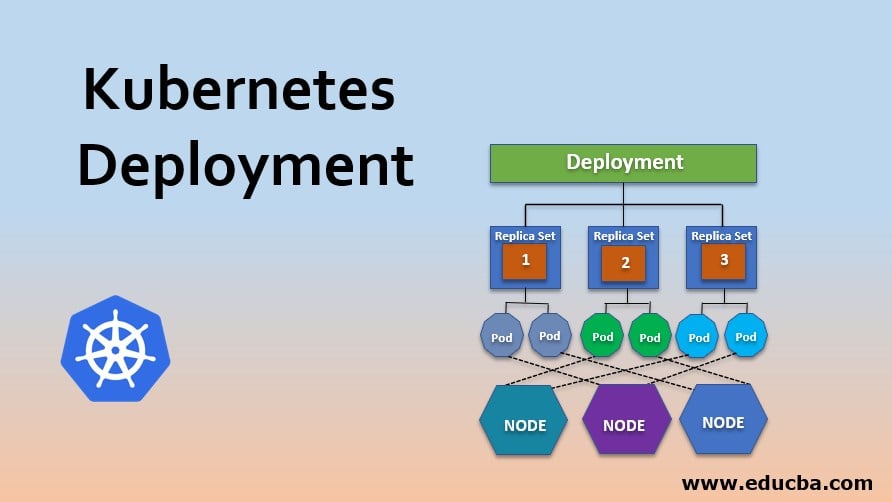
Kubernetes Deployment How Does Kubernetes Deployment Work

Deploying An Application On Kubernetes From A To Z
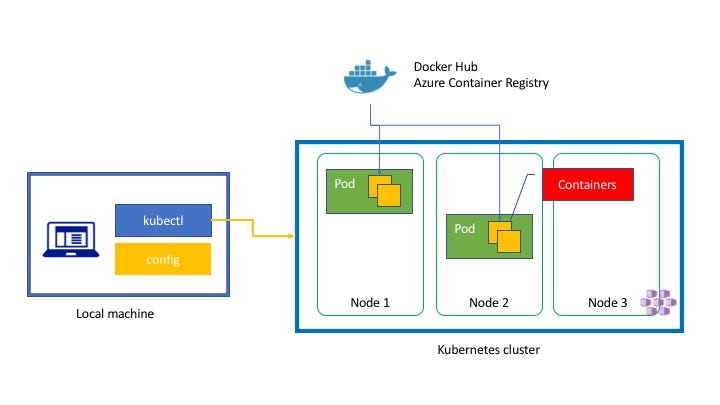
Kubernetes In Three Diagrams I Helped An Open Hack Event For By Tsuyoshi Ushio Medium

Run Mendix On Kubernetes Developer Portal Guide Mendix Documentation

Kubernetes Tutorial For Beginners Basics Features Architecture

Dissecting Kubernetes Example Dots And Brackets Code Blog
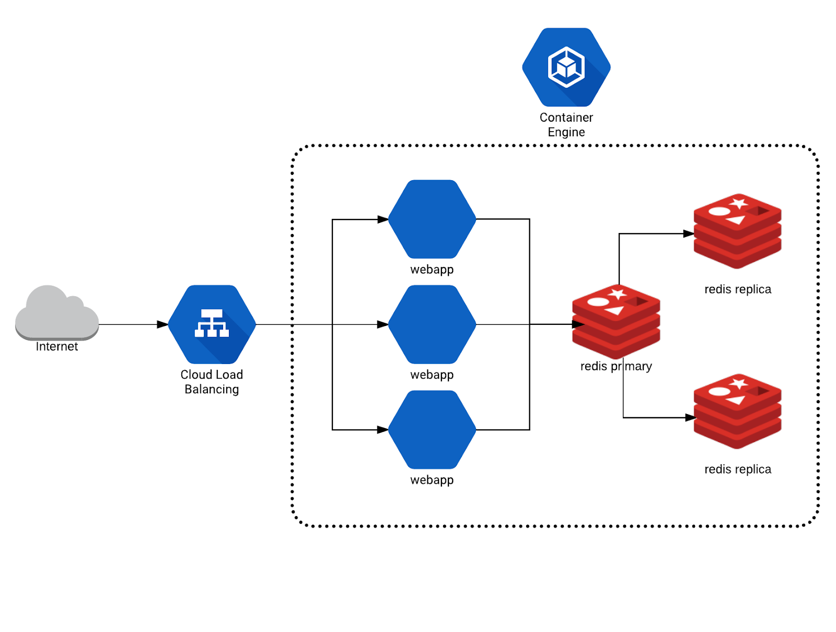
How To Deploy A Multi Tier Web Application With Kubernetes

Managing Secrets Deployment In Kubernetes Using Sealed Secrets Aws Open Source Blog

Kubernetes Deployments The It Hollow
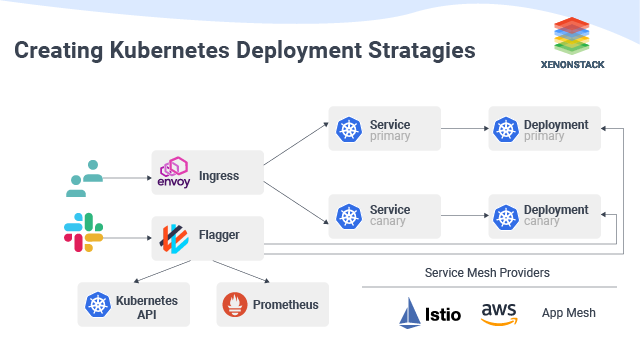
Deployment Strategies In Kubernetes That No One Will Ever Tell You Medium
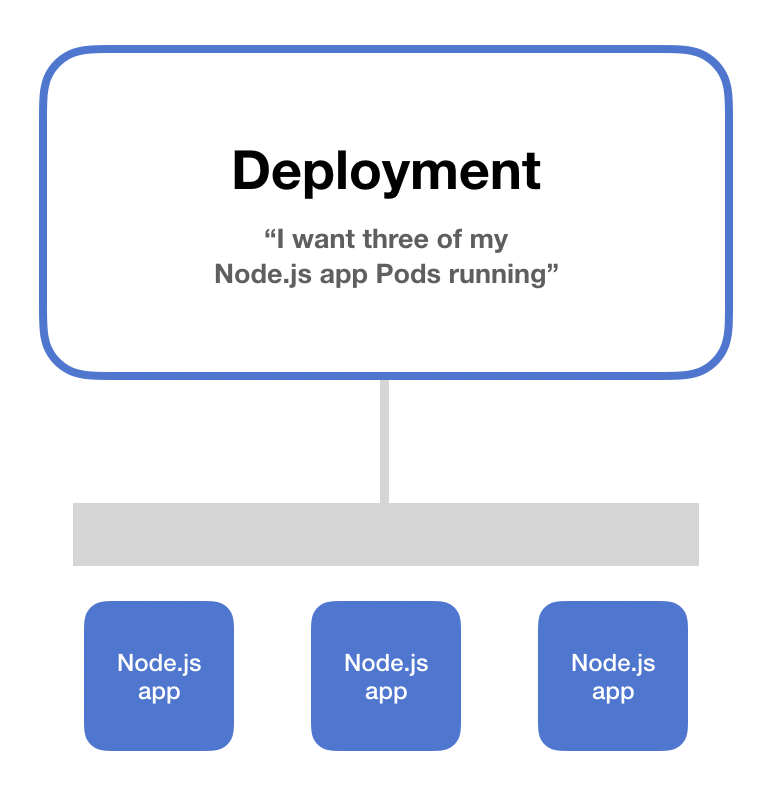
Kubernetes Deployment Tutorial With Yaml Kubernetes Book

4 Working With Kubernetes Objects Cloud Native Devops With Kubernetes Book

Move Your Kubernetes Stack To Istio A Simple Example

Kubernetes Deployment Strategy Recreate Dev Community




Post a Comment for "Basic Kubernetes Deployment Example"